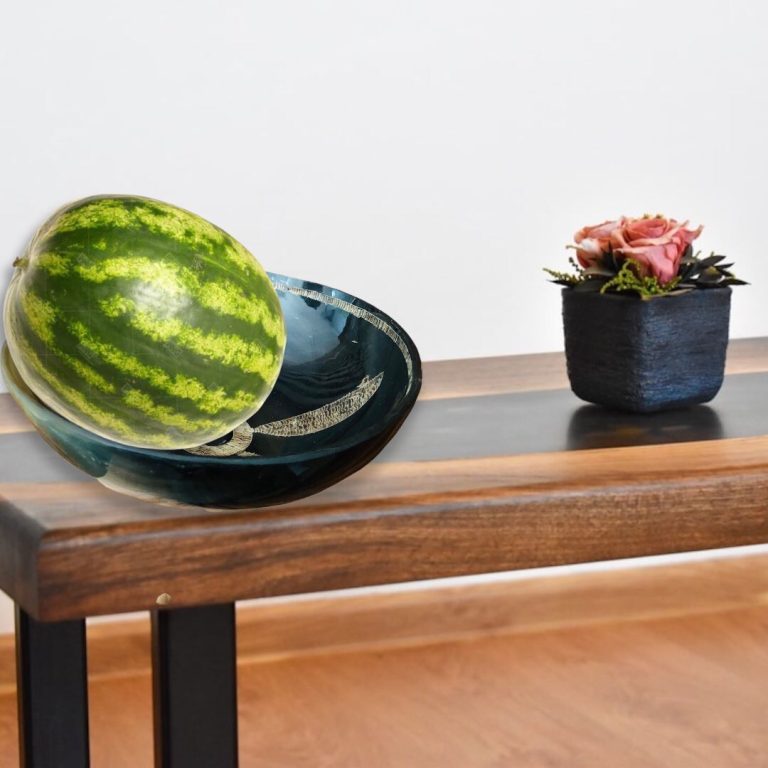
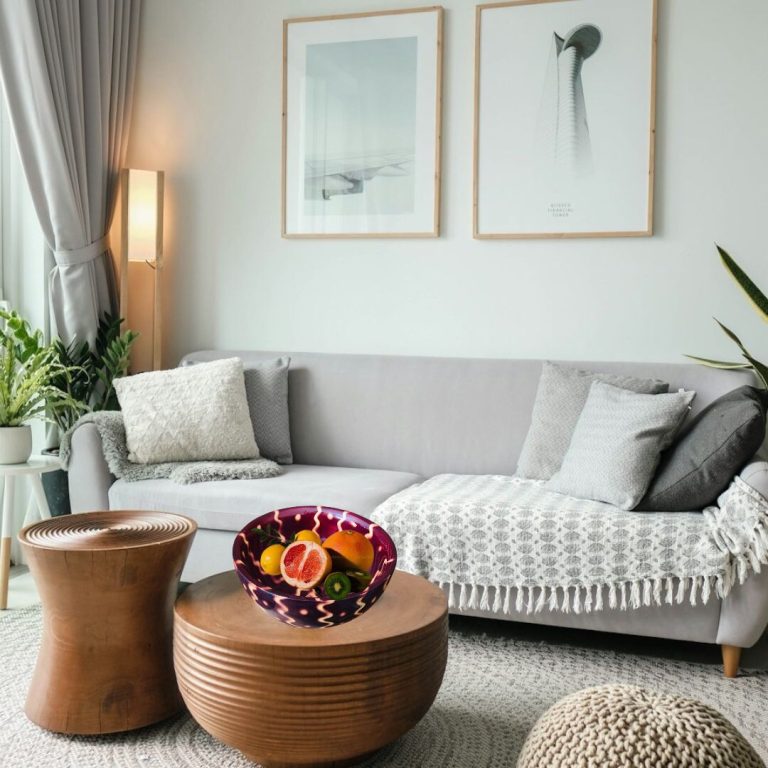
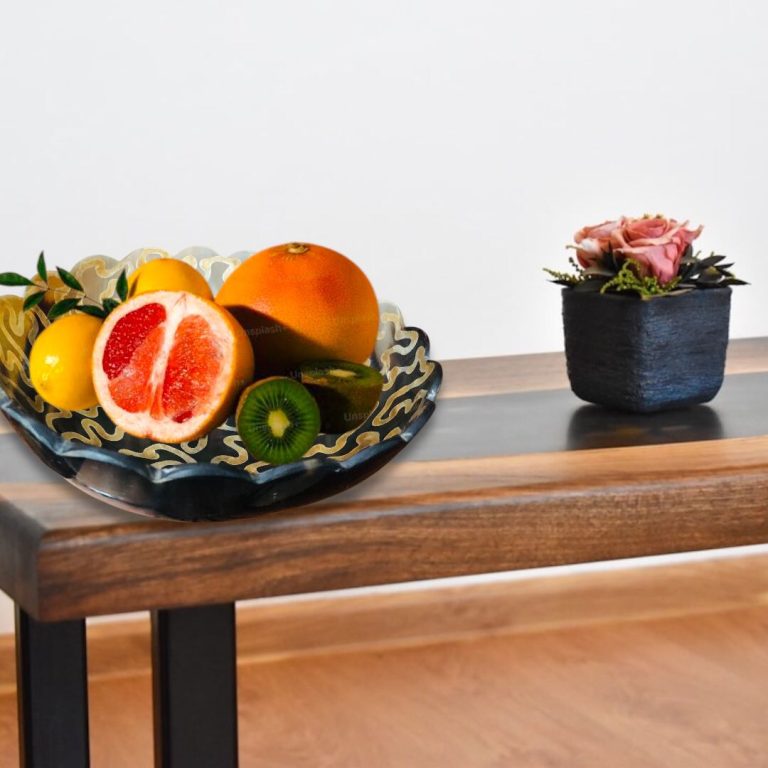
A horn bowl is a unique and captivating piece of craftsmanship, often crafted from the horns of various animals such as cows, buffaloes, or goats. These bowls are a testament to the ingenuity and resourcefulness of artisans who, for centuries, have transformed organic materials into functional and decorative objects.
“A beautifully crafted horn bowl, showcasing the timeless craftsmanship of natural materials. Made from ethically sourced animal horn, this unique piece blends rustic charm with functional elegance, perfect for both practical use and as a decorative accent in any home.”
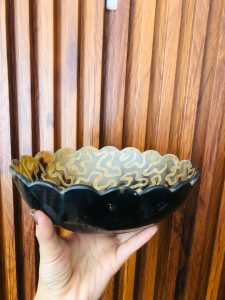
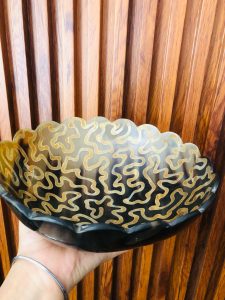
SKU : HBLX1
ENQUIRY NOW BY SENDING EMAIL SUDESH@CRAFTSOVERSEAS.COM
MAKE YOUR OWN DESIGN
ENQUIRY NOW BY SENDING EMAIL SUDESH@CRAFTSOVERSEAS.COM
hese types of bowls have been used throughout history by various cultures for practical and decorative purposes. Here’s some more information about them
Horn bowls are crafted from the hollowed-out or carved horns of animals, often cattle or bison. The horns are carefully cleaned, shaped, and sometimes polished to create a smooth surface.
Crafting Process: The horns are either heated and shaped or carved with hand tools. This process can take considerable time, depending on the size and intricacy of the design.
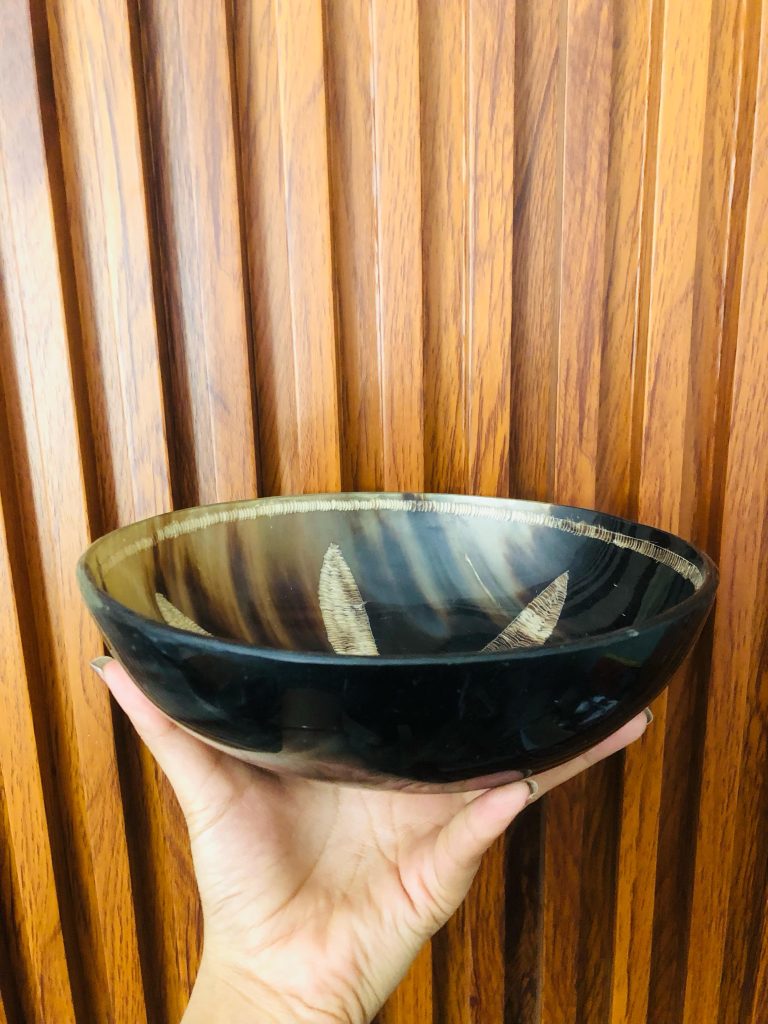
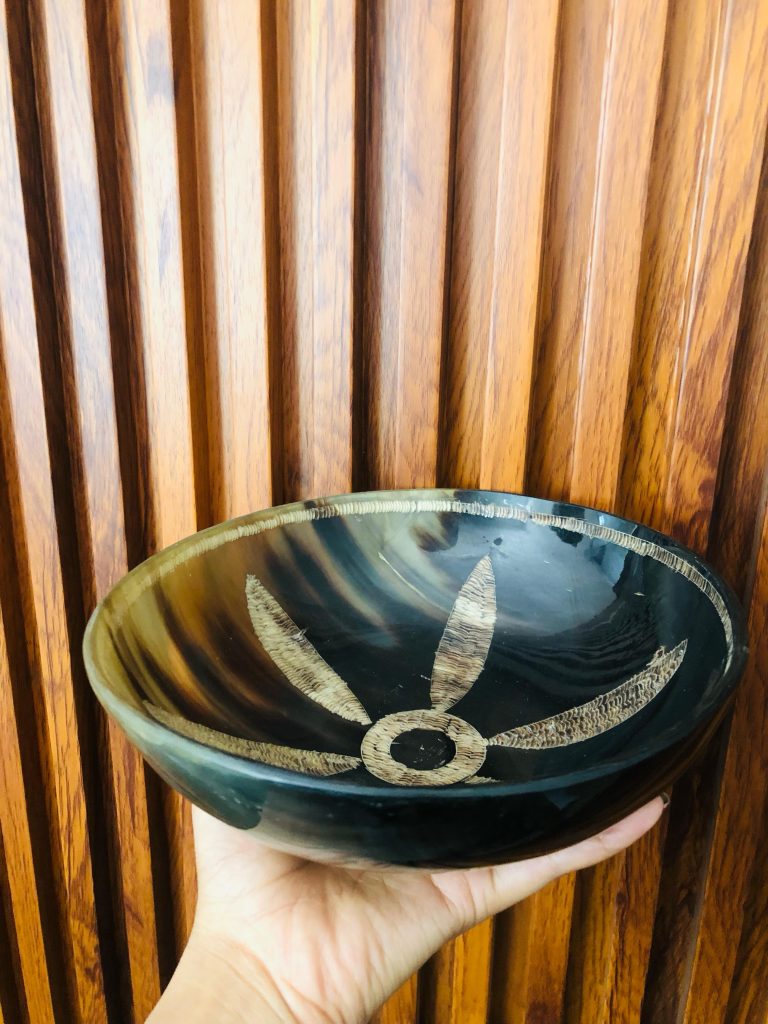
Material and Crafting Process
Horn bowls are typically made from the horns of domesticated animals, particularly cattle, which offer a substantial and strong material. The natural shape and curvature of the horn make it an ideal material for crafting bowls. The process begins by carefully selecting and harvesting the horn. The horn is then cleaned, scraped, and softened by heat. This softening process is crucial, as it allows artisans to bend and shape the horn into a desired form without cracking or breaking it.
Once softened, the horn is shaped and carved into a bowl. The interior is hollowed out with precision, and the exterior can be polished to a smooth, glossy finish or left with its natural texture for a more rustic appearance. The surface of the bowl may also be embellished with intricate carvings, patterns, or designs, depending on the cultural influences of the region where it is made. Some horn bowls are dyed or treated with natural pigments to enhance their aesthetic appeal.
SKU: HBLX2
ENQUIRY NOW BY SENDING EMAIL SUDESH@CRAFTSOVERSEAS.COM
MAKE YOUR OWN DESIGN
ENQUIRY NOW BY SENDING EMAIL SUDESH@CRAFTSOVERSEAS.COM
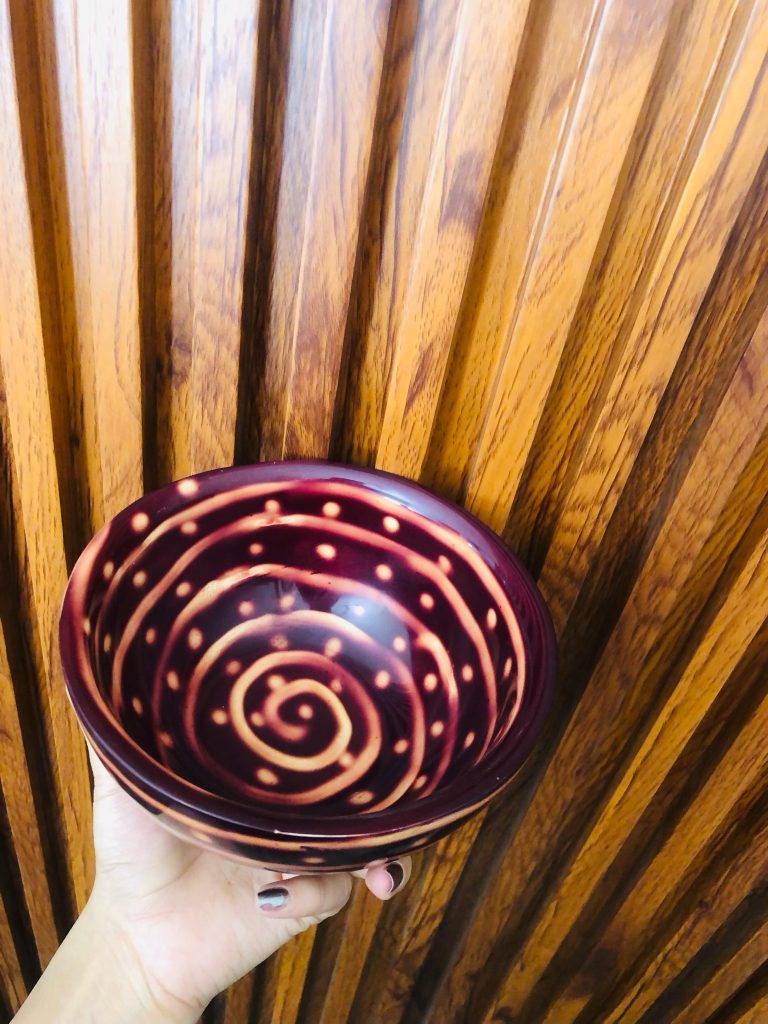
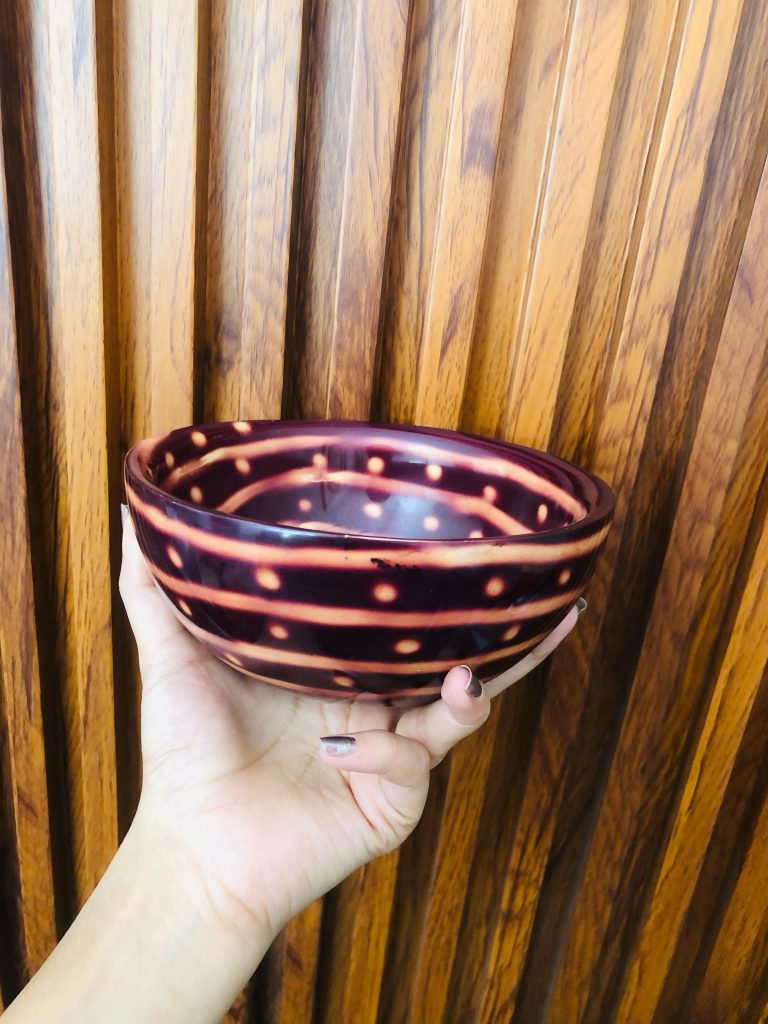
Aesthetic Appeal
The aesthetic appeal of a horn bowl lies in its organic, natural beauty. Each bowl is unique due to the variations in the horn’s coloration, texture, and shape. The horns themselves often have a rich range of colors, from deep browns and blacks to lighter shades of amber, cream, or even translucent white, depending on the type of animal and the environment in which it lived. This natural variation ensures that no two horn bowls are ever identical, making each one a one-of-a-kind piece.
The surface of the horn bowl can be left in its raw, matte state, which gives it a rustic and earthy appearance, or it can be polished to a high shine, enhancing the horn’s natural luster. Many artisans incorporate intricate carvings, etchings, or other decorative elements that further highlight the craftsmanship of the bowl. These embellishments can range from geometric patterns to stylized depictions of animals or nature, adding a layer of cultural significance and artistry to the piece.
SKU: HBLX3
ENQUIRY NOW BY SENDING EMAIL SUDESH@CRAFTSOVERSEAS.COMMAKE YOUR OWN DESIGN
Horn bowls have been used in various cultures throughout history, especially before the widespread use of ceramics and metal for dishware.
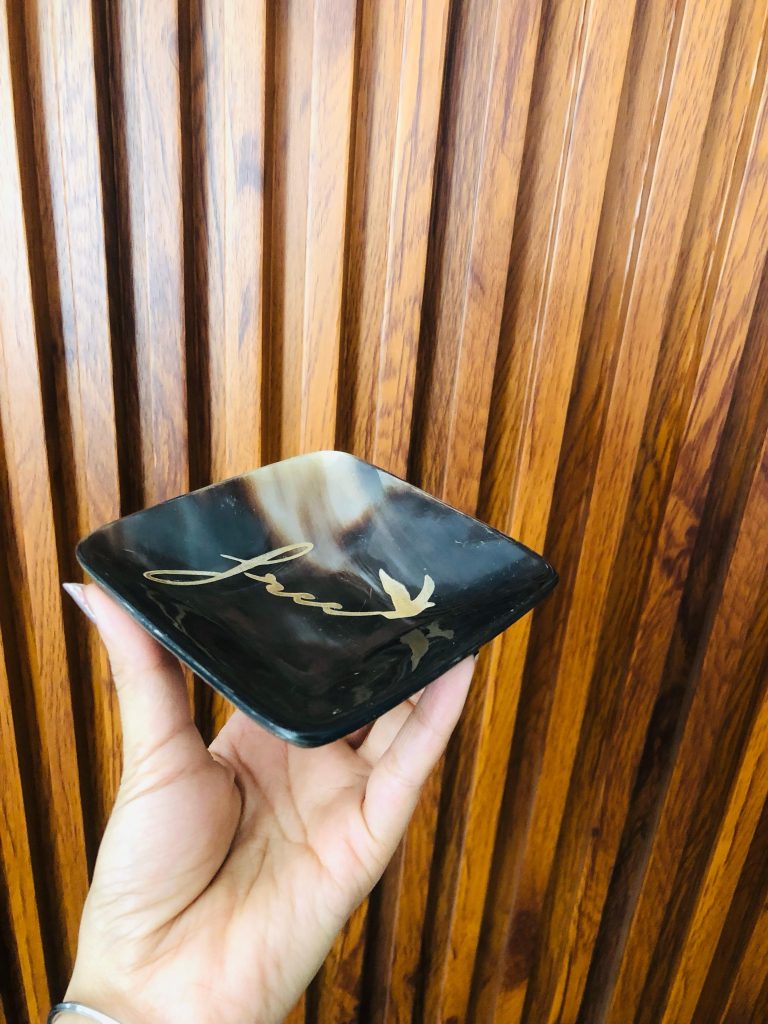
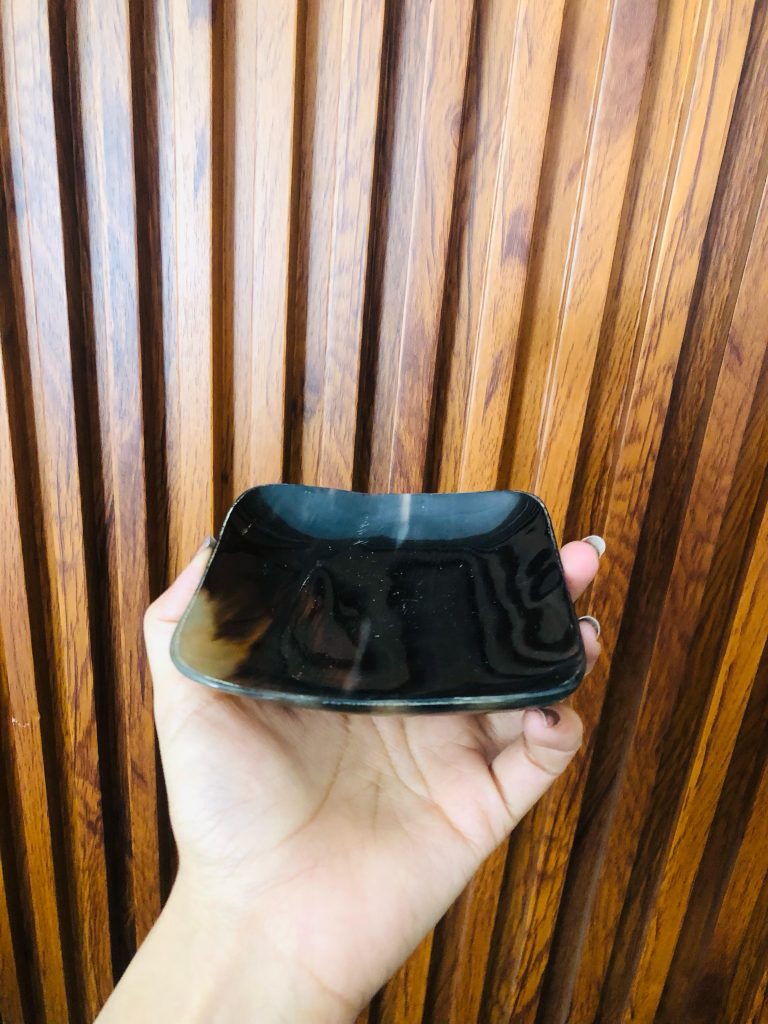
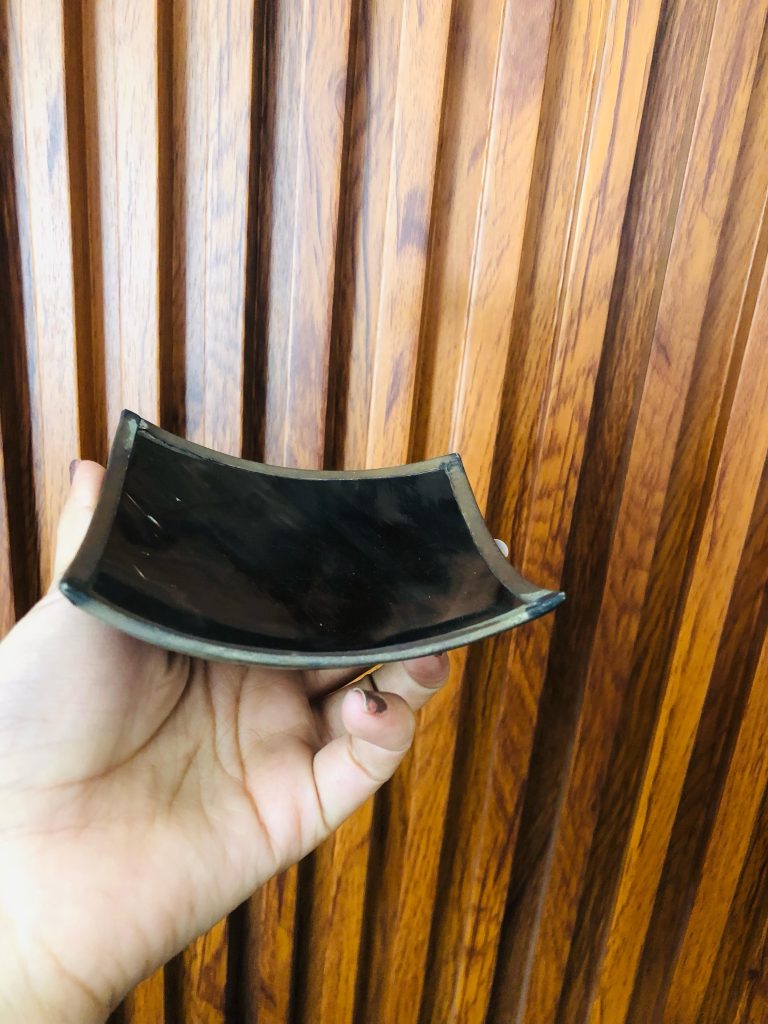
SKU: HBLX4
SKU: HBLX5
SKU: HBLX6
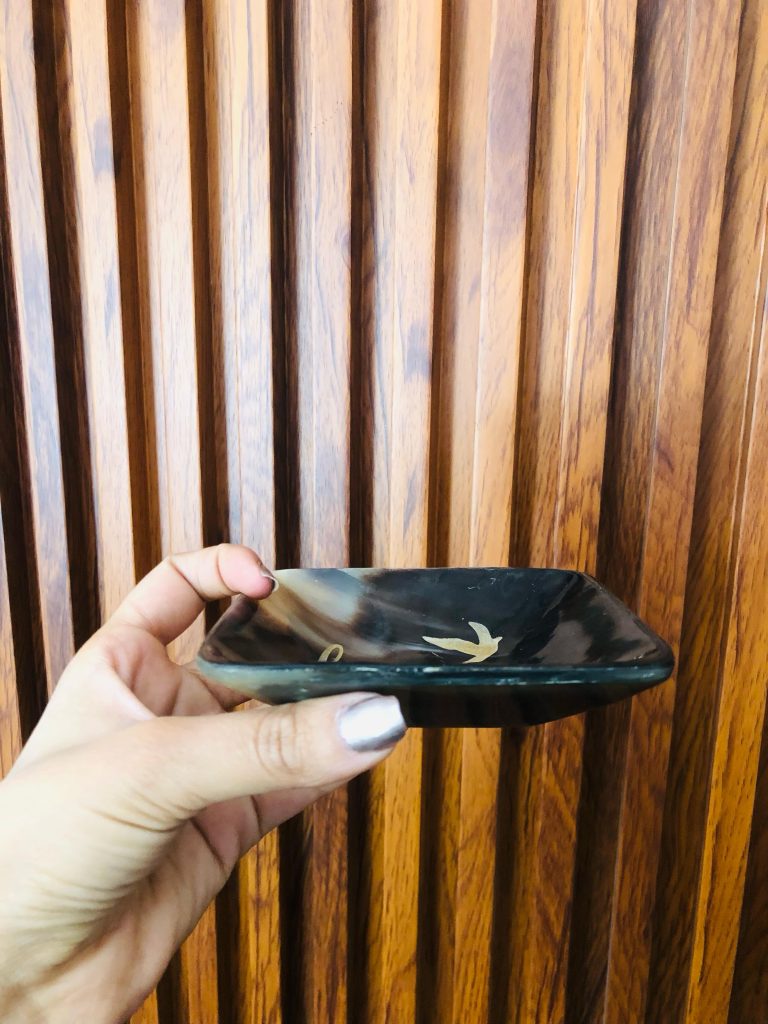
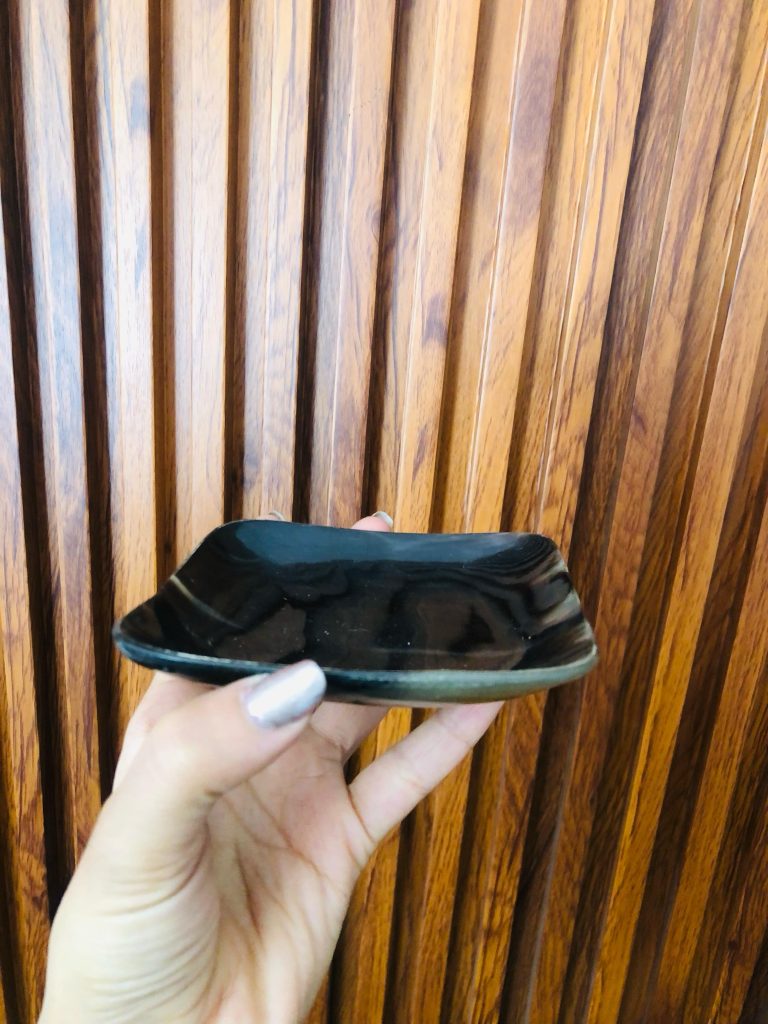
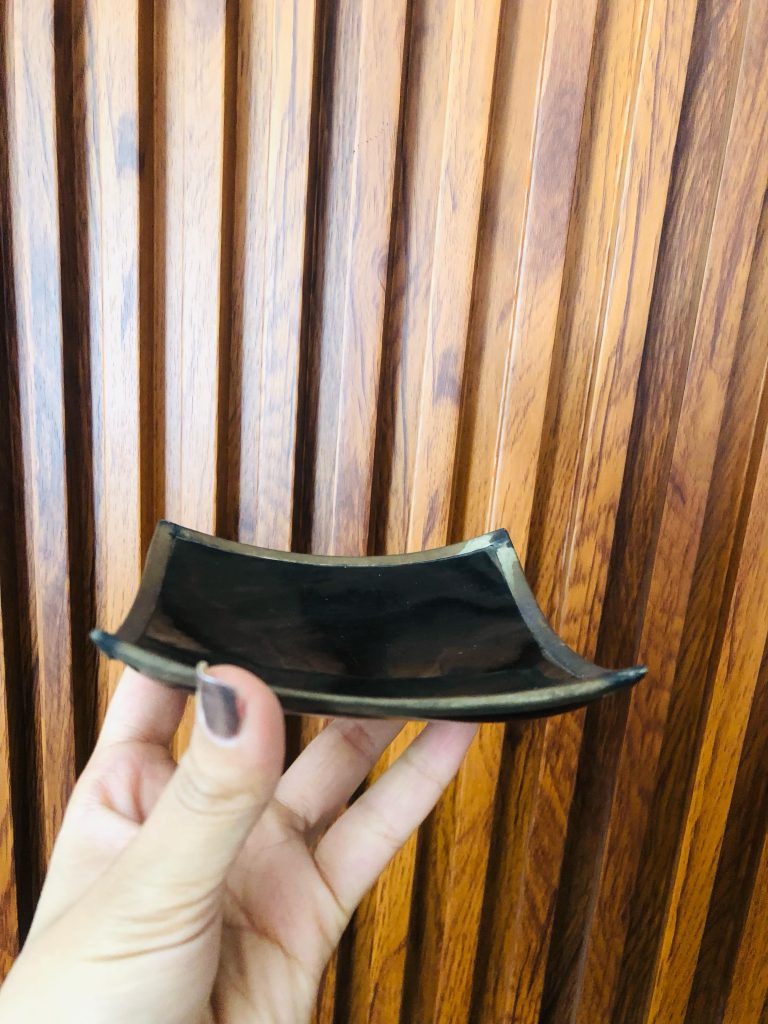
ENQUIRY NOW BY SENDING EMAIL SUDESH@CRAFTSOVERSEAS.COM
ENQUIRY NOW BY SENDING EMAIL SUDESH@CRAFTSOVERSEAS.COM
Conclusion
The horn bowl is more than just a functional object; it is a piece of living history, reflecting the resourcefulness and artistic vision of cultures around the world. Whether used in ancient rituals, medieval feasts, or as contemporary art pieces, horn bowls embody a deep connection to nature and craftsmanship. Their timeless appeal continues to captivate collectors, decorators, and artisans, ensuring that this age-old tradition endures in the modern world.